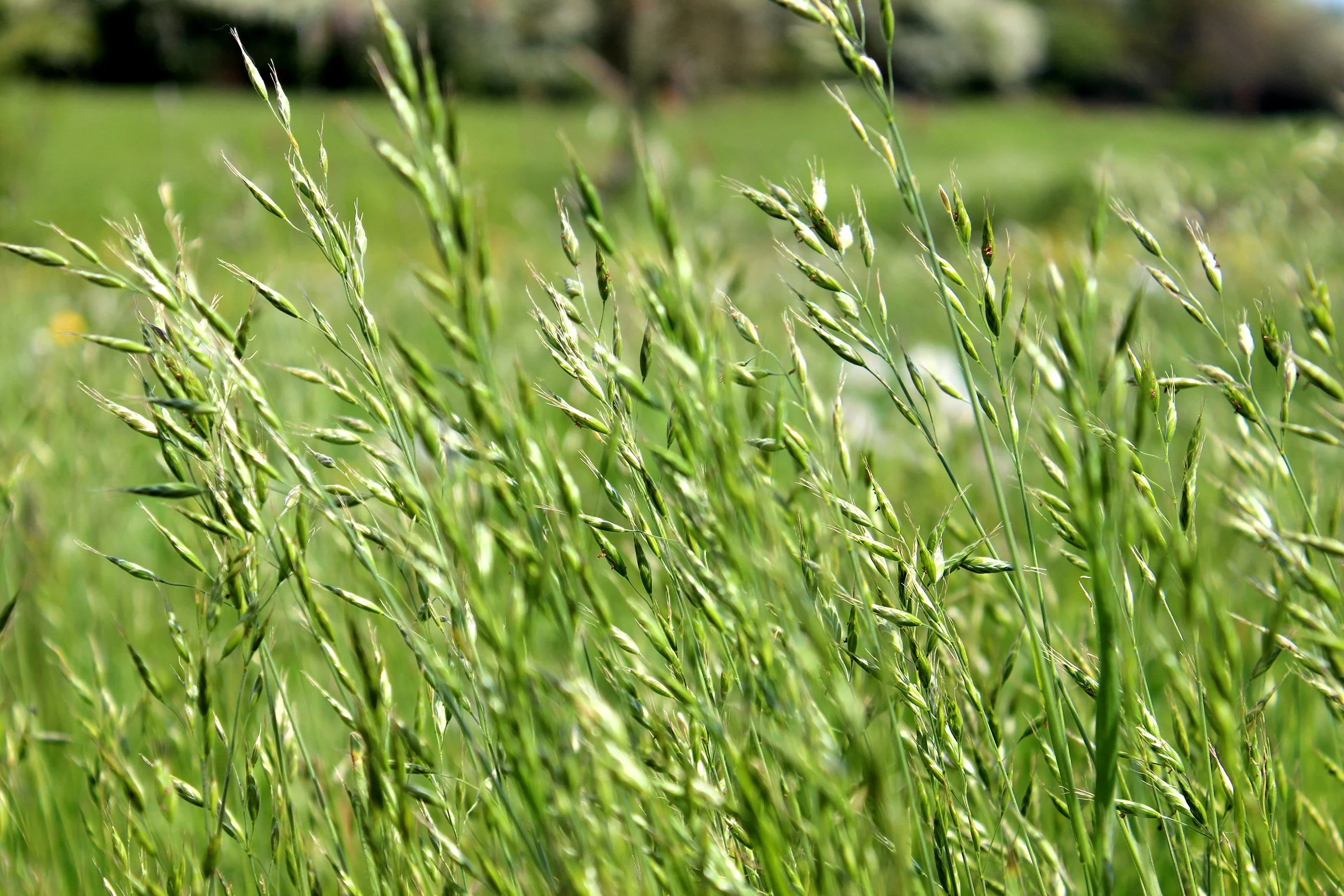IS IT TIME TO CALL 911 ON HERBICIDE RESISTANCE?
Is the industry taking herbicide resistance seriously enough?
Herbicide resistance in Western Canada has been confirmed to be an issue on multiple levels. Up to 14 of Western Canada’s top problematic weeds have been confirmed with resistance and some of them with cross-resistance to multiple herbicide groups. It has also been confirmed to cost Canadian growers up to $1.5 billion annually due to increased herbicide use and decreased yield and quality. The issue is changing the face of agriculture, but is the industry taking it seriously enough?
Survey says, farmers believe it is an issue, but they want a herbicide solution and they might not be thinking long-term enough or planning for the future.
In March of 2024, The Western Producer performed a survey where they asked 100 Western Canadian farmers 100 questions. Data from that survey tells us a lot about the farmers’ perceptions of the issue as well as the actions they are taking and would like to see from the industry.
Do farmers believe in herbicide resistance?
Seventy-one percent of farmers were either extremely concerned or very concerned about weed resistance, and 88 per cent of those farmers had encountered at least one resistant weed on their farm; however, 37 per cent of farmers believe this issue won’t get worse.
Data has confirmed that herbicide resistance has been increasing across Western Canada over the past 10 years at least. The “Saskatchewan survey of herbicide-resistant weeds in 2019 and 2020” claimed, “The area infested with HR (herbicide resistant) weeds in farmland under annual crop production in Saskatchewan increased from 11.8 million acres in 2014/15 to 15.3 million acres in 2019/20.” And that is just in Saskatchewan.
What are farmers willing to do about it?
Farmers might be on board with the herbicide resistance issue, but do they understand the full scope and threat to the future? And how will it affect their relationship with herbicides?
Of the strategies suggested for managing herbicide resistance, 92 per cent rotated herbicide groups, 90 per cent used herbicides with multiple modes of action, and 88 per cent rotated crops.
One of the least used strategies was developing a long-term weed management plan, which is counterintuitive given the long-term nature of this issue
What do farmers think the industry should do about it?
Farmers still want herbicides to be their primary solution for weed management. According to the survey, farmers believe the chemical manufacturers should continue to focus on research and development toward finding new solutions, specifically new mode of action herbicides. Farmers also noted that companies that sell herbicides (dealers), “can help build awareness, information, and education on weed resistance and strategies and provide services such as scouting and mapping.”
While there was a low uptake on developing a long- term weed management plan, according to the survey, farmers are asking for support from dealers. They want to use the right herbicides in the right way, and what they don’t seem to be connecting is that they need a long-term plan and strategy to accomplish that and manage resistance properly with the use of herbicides.
According to the data, the herbicide resistance issue isn’t going to stop getting worse in the near future without farmers taking action to mitigate it. If farmers aren’t ready to call 911 on the issue yet and work toward the future through strategic planning, then the industry needs to continue to reinforce it, and dealers have to be armed and ready to help.

